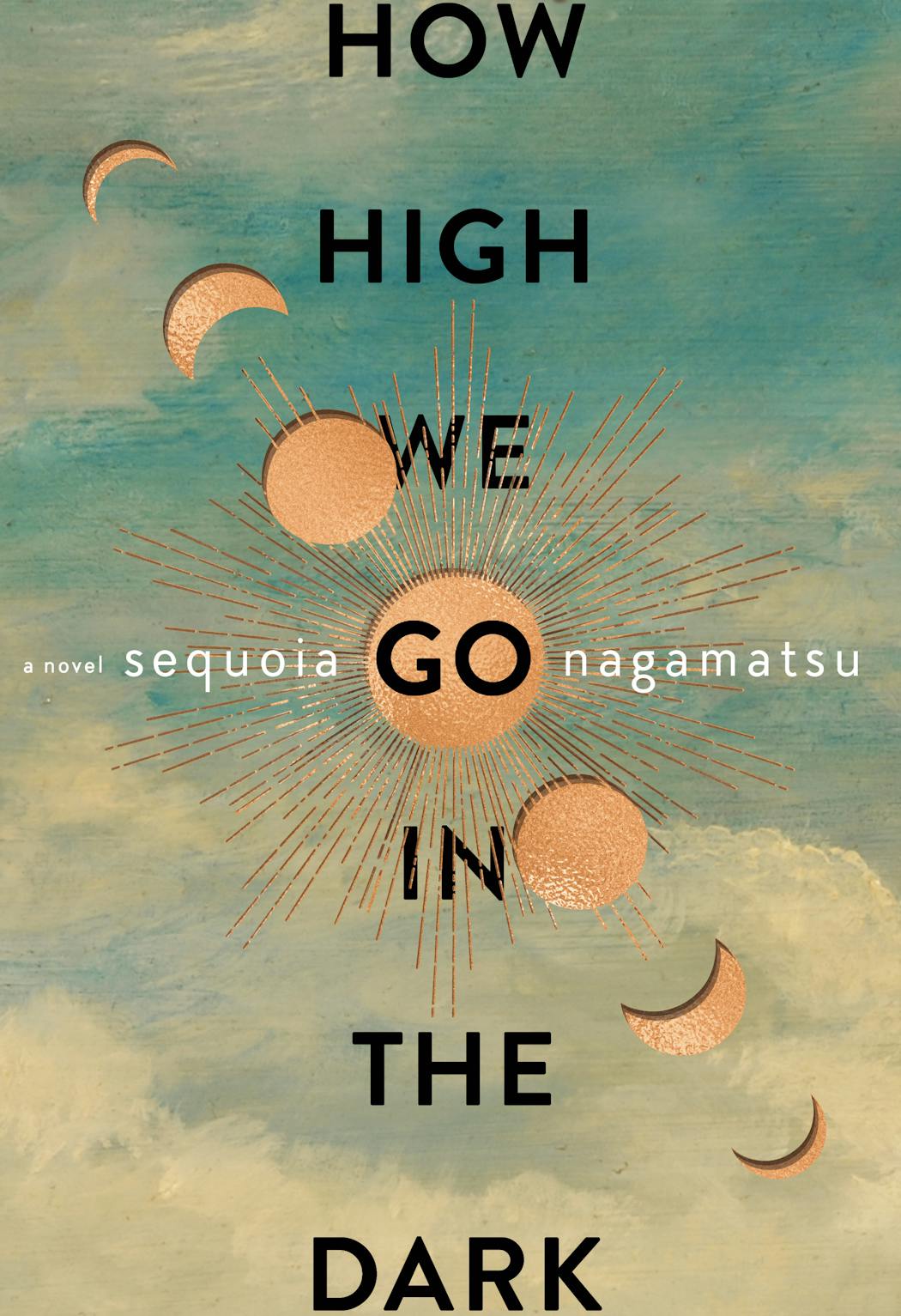Early in 2020, in an interview with the BBC, sci-fi writer William Gibson observed that "All through the 20th century we constantly saw the 21st century invoked. How often do you hear anyone invoke the 22nd century? Even saying it is unfamiliar to us. We've come to not have a future." He described this postmodern pessimism as "future fatigue," which in the face of so much negative news, particularly that of climate catastrophe, seems pretty understandable.
Enter "How High We Go in the Dark" by Sequoia Nagamatsu, who lives in Minneapolis. His sprawling saga begins in 2030 with a plague unleashed in the melting Batagaika Crater in northern Siberia and that proceeds over 6,000 years into an array of possible futures. In its commitment to imagining the human dreams and dramas that might continue across subsequent centuries, Nagamatsu's strange and sensitive epic feels refreshing for its resistance to easy dystopian tropes and its commitment to the emotions of wonder and hope, even in the face of grief.
Especially savvy is the way that Nagamatsu does not posit one single monolithic human destiny, be it grim or triumphant, but rather an innumerable variety of destinies. After beginning with the account of the father of one of the Arctic researchers who helps unwittingly release the deadly plague, he shifts to a would-be stand-up comedian in Los Angeles who becomes involved in "euthanasia parks," places that, amid the devastation of the pandemic, can "gently end children's pain — roller coasters that lulled their passengers into unconsciousness before stopping their hearts."
From there, he tells the story of Jun, a teenager who falls ill after the kids she "babysat during the memorial" of her euthanized cousin Kayla test positive — and so on.
Nagamatsu teaches at St. Olaf College in Northfield and is the author of an award-winning story collection, Where We Go When All We Were Is Gone. By constructing his narrative as a novel-in-stories — a set of loosely connected tales about characters whose lives often intersect only obliquely — he's able to achieve a sophisticated polyphony.
An unsettling truth that's emerged over the course of our present pandemic is that while we are, in a sense, all in this together, so too are we each having our own and often wildly different experiences of the ongoing tragedy. Nagamatsu captures this weird balance of human collectivity and individuality.
Literary fiction meets speculative fiction in each vignette, and as heavy as the accumulated material comes to be, Nagamatsu punctuates the tragedy with moments of humor. In the chapter titled "Pig Son" about a scientist raising pigs to "help infected people whose organs have given way to the plague," the narrator explains that donor 28 "was nicknamed Snortorious P.I.G. after an intern put a gold chain and shades on him during a Halloween Party."
Timely as this novel inarguably is, Nagamatsu has emphasized that the book was actually more than a decade in the making. One hopes that readers won't have to wait quite so long for his next one.
Kathleen Rooney is the author of "Lillian Boxfish Takes a Walk" and, most recently, "Cher Ami and Major Whittlesey."
How High We Go in the Dark
By: Sequoia Nagamatsu.
Publisher: William Morrow, 304 pages, $27.99.
Event: In conversation with Kawai Strong Washburn, 7 p.m. Jan. 18, Moon Palace Books, 3032 Minnehaha Av. S., Mpls., in person and livestreamed @MoonPalaceBooks.
Singing, ceremonies and straw hats: Olympics opening ceremony in Tahiti centers Polynesian culture

Three 101-year-old friends recall fond memories in 1940s Alexandria
Celine Dion makes musical comeback at Paris Olympics with Eiffel Tower serenade




